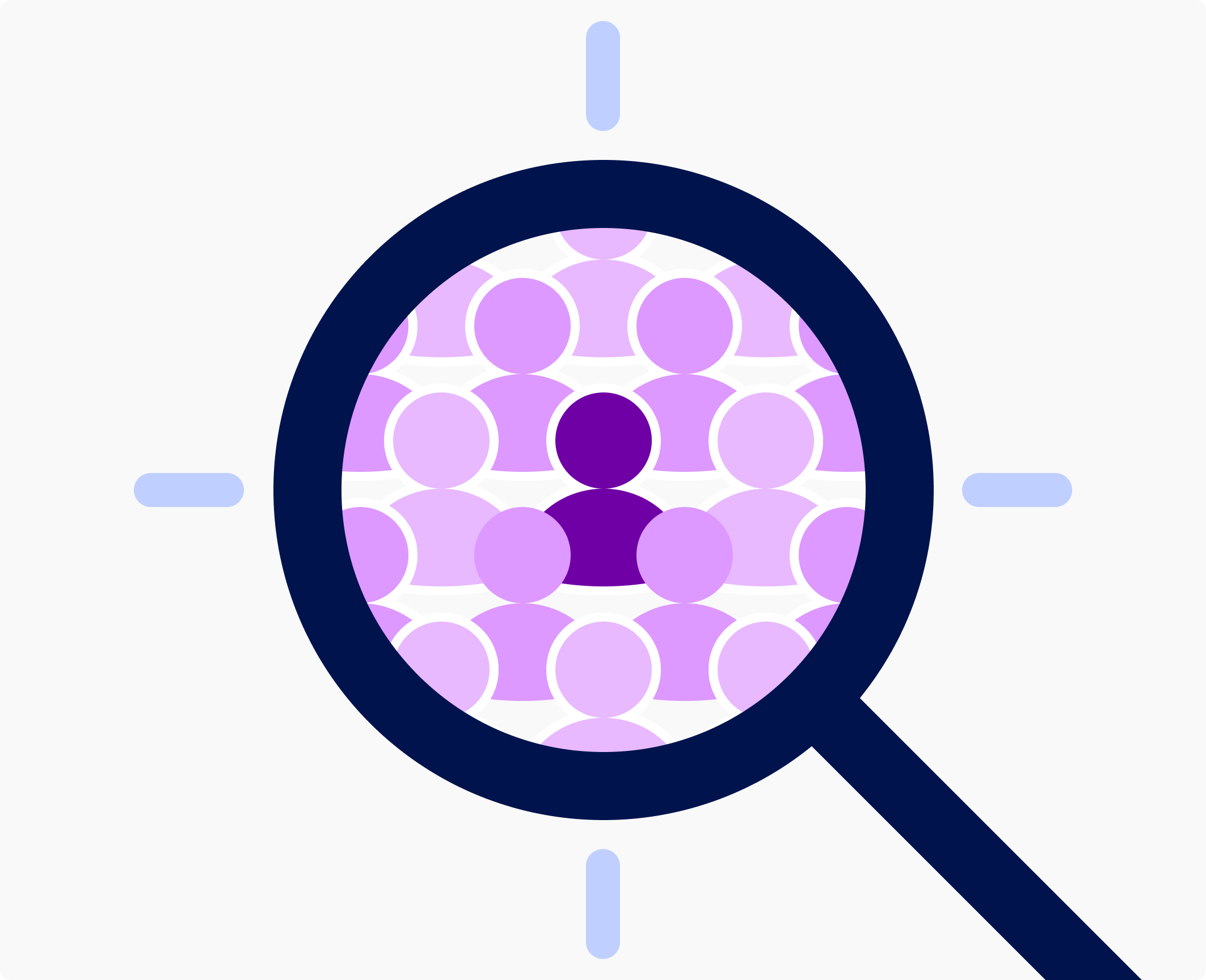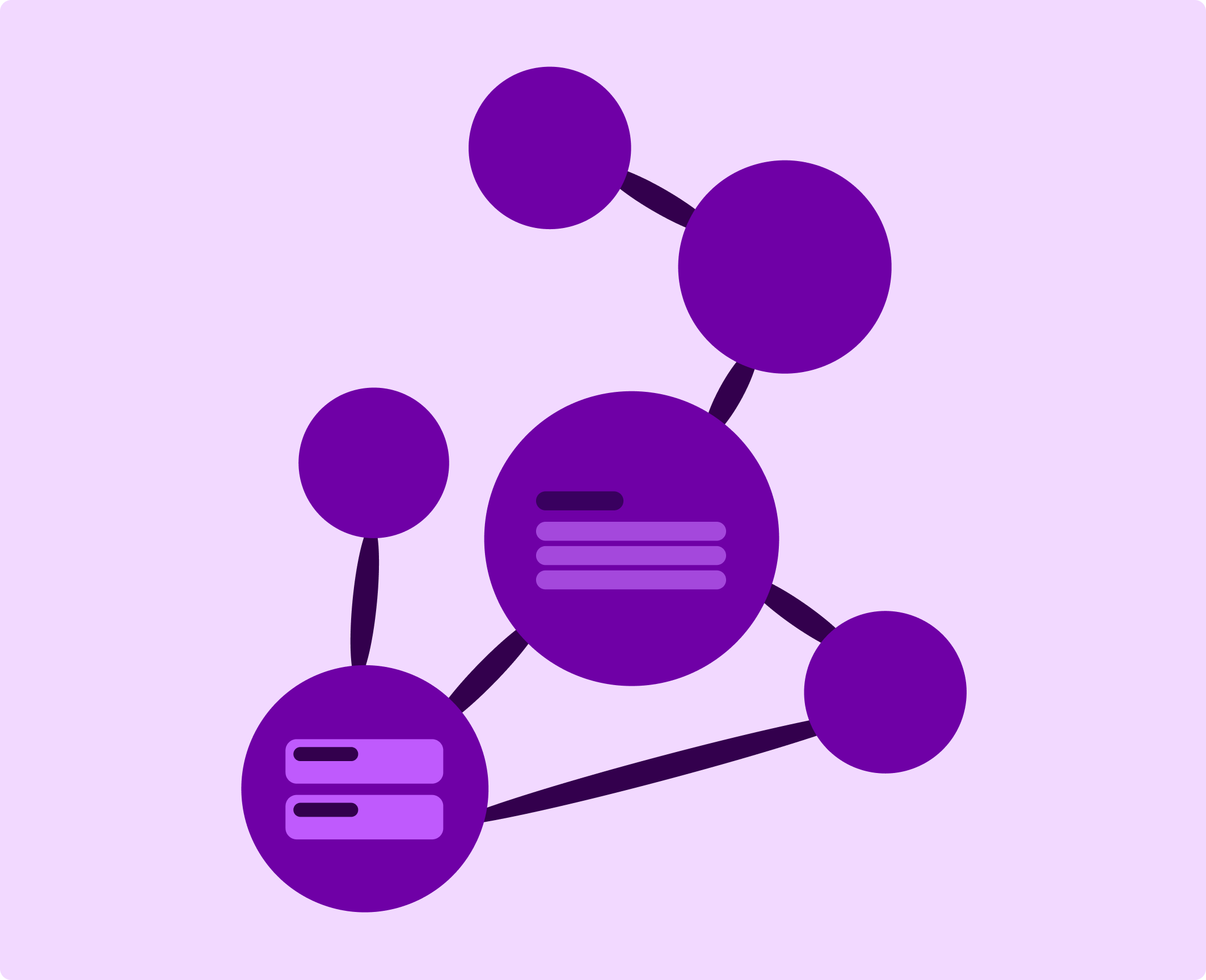
The challenge and opportunity in B2B software is that there is never just one customer type – market segments, industry verticals, geographical regions, digital natives, et al. bring an immense amount of diversity to a simple word ‘customer’. And even when one has identified a specific customer, there are multiple personas within that: buyer, executive, manager, engineer, agent, analyst, etc. Being customer centric is, therefore, easier said than done. Working with a customer – as Agile argues for – is not as simple as finding one archetype from the market and iterating with them.
While exploring early product market fit, product builders typically take time to explore and zero in on their ideal market segment and initial industry vertical and geographical region. In Essential thinking, company builders must think about keeping optionality for future market expansion, and therefore, seed a powerful customization engine that can help them hyper-personalize. Being customer centric in this methodology would also require product managers to think about the grassroots user, and not simply the economic buyer or the decision maker. And finally, one has to bring the lowest latency customer response culture as a core competitive advantage to their business.
Hyperpersonalization
The best companies in the world have (a) large total addressable markets (TAMs), (b) single codebase leverage, and (c) flexible products that are customizable (or personalizable) in the field. The onus of customization, though, is typically left to the end user, a system admin, or an implementation partner, and this can get onerous, both for the customer and the service provider hosting highly customized products in their cloud without sacrificing economies of scale in operations.
In essence, personalization is a double-edged sword. It is extremely important to design it in a way that choice and simplicity go hand-in-hand. But essential thinking goes beyond personalization to what is called hyper-personalization – establishing the context and history of the customer at a much deeper level.
Time travel

Establishing the history of a customer – events, changes to records, versions, time logs… essentially traveling back in time – is one of the hardest things in customer relationship management. Support, product management, and other business-to-business conversations are otherwise mostly point-in time, with a lot of recency bias that results in suboptimal decisions. Only by going back in time can best decisions be taken.
Fine tuning
Customer ontologies – {product, process, organization, skills} taxonomy, and people identities – are extremely important in this day and age of AI to make models accurate and relevant within an enterprise. The Essential methodology embraces model fine-tuning as a necessary tenet of hyper-personalization.
Predictive servicing
A large proportion of businesses are reactive with their customers: manpower-heavy (call centers), escalation-driven, and defensive. Some of them are proactive: automation-driven, near real time, and omni-channel. Very rarely do we encounter organizations that have predictive capabilities to service their customers: model-driven, analytics-heavy, and building authentic human connections with their customers.
Grassroots focus
Because of the subscription model, the days of selling top-down to the decision makers – and never worrying about engagement and user delight – are behind us. Not only do great companies hyper-personalize down to the end user, they also build strong communities that create a sustainable word-of-mouth marketing advantage for themselves.
Honing in on the user – beyond the buyer – also requires immense focus on design. In essential thinking, engineering, PM, and design have to be considered as the trifecta under the shared product umbrella. They all make each other complete in customer interactions, and they are equally aware of buyer-seller interactions to help with prioritization and planning. One of the biggest problems with Agile was that it wasn’t prescriptive enough on how to interact with the customer. Essential makes a case for (a) zero touch experiences, (b) word of mouth communities, and (c) design workshops as a necessary activity of customer success.
Zero-touch experiences
From company discovery to sign up (and onboarding) and commerce to new feature discovery and help center, a company must design for zero human intervention to allow for an end user to self-serve their needs. Companies often throw people and meetings at the problem when the grassroots buyer is comfortable learning about and experiencing the product on their own.
Onboarding in particular has been a difficult problem to solve in the past decade, as continuous deployment of new features breaks – “rule-based” static – onboarding workflows all the time. Companies must strive to replace such fragile designs with LLMs that mimic the next proposed click to be essentially predicted like the next token of a language interaction.
Word-of-mouth communities
Without word of mouth, one cannot consider a product to be successful in essential thinking. Communities of the next generation will be content-driven, collaboration-heavy, and roadmap-aware. In this methodology, users collaborate on roadmaps and knowledge base articles directly with companies. Customer portals must essentially provide access to KBs and product roadmaps and allow for public comments.
Crawling and indexing social media and app store comments to improve product design and provide proactive support to anonymous users is also an important ingredient of the modern community. GenAI plays a big role in labeling, clustering, and classifying a large number of text comments in the wild.
Design workshops
Customer success engagements of the future must involve grassroots workshops with end users, driven by the triumvirate of designers, PMs, and developers, and orchestrated by CSMs with discipline and rigor. Rather than sell anything, essential thinking argues for learning with end users, making design paramount in these discussions, and converting account management escalation meetings into proactive social interactions.
Learning in the Essential Methodology also requires taking bite-sized experiences to users via social media, mobile-first content, and in-app nudges.
Lowest Latency
Agile argued for ‘frequent’, but developers were not prepared to connect with customers directly. As we would argue below, product thinking is key to connect back office developers to end users, and also frontline staff with customers. But in all of this customer communication, reducing response time to a minimum is a key essential requirement.
Slack (and Teams) have somewhat become that channel for lowest latency communication with end users and customers at large. But Slack has no metadata – for assigning ownership, prioritization, workflows, SLAs, routing, product parts, duplicates, clusters, classes, labels, etc. Moreover, companies expect multi-channel communication, including email, voice, WhatsApp, etc. Customer inbox needs to be omni-channel and yet at one place.
The Essential Methodology argues for reducing internal communication and achieving deep work state by replacing Slack channels with copilot-like search (assistant). The time that is saved in redundant and repeated internal messaging can then be used to achieve the lowest latency culture towards customers.
Slack vs. LLMs
A decade ago, collaboration software Slack started out as a boon for engineers preferring near real-time communication over email. Direct Messages (DMs) replaced email. Channels replaced email threads, message boards, and internal wikis. Huddles (with screen share) replaced phone calls. Everything became instant, yet (a) search suffered, (b) focus suffered, and (c) we created haves – those who could afford and navigate Slack – and have-nots.
Vector databases, powered by LLMs, will help the professional worker find adjacent {documents, ideas, concepts, initiatives, people, …} way more efficiently than blasting a message on a channel that has hundreds of people. The same LLMs will become a copilot for all employees, so we do not disturb our peers with the same repeated questions.

The Essential Methodology makes a case for “zero channel” LLMs over Slack channels: for workers to collaborate with machines to find their answers before escalating to peers. That saved time could then be used to build authentic relationships with peers in 1:1’s than impersonal DMs.
Mobile-first culture
One of Slack’s biggest contributions to the enterprise was fueling a mobile-first culture. While we must reduce the amount of redundant human communication in channels, retaining the mobile-first thinking of Slack would be essential for lowest latency customer response culture. Post-COVID, due to a surge in remote global work – especially given the two war zones that have a high concentration of engineers – it is imperative for companies to design mobile-first to avoid work fatigue due to long durations on desks.
While this might appear contradictory to a disciplined pursuit of less, an organic mobile experience with few notifications can reduce the amount of time spent in front of zoom calls and work lists. The best companies would have mastered the art of essential notifications – few, actionable, and thoughtfully designed into the native iOS and Android abstractions.



